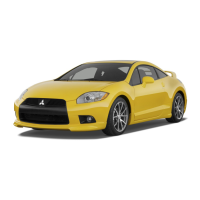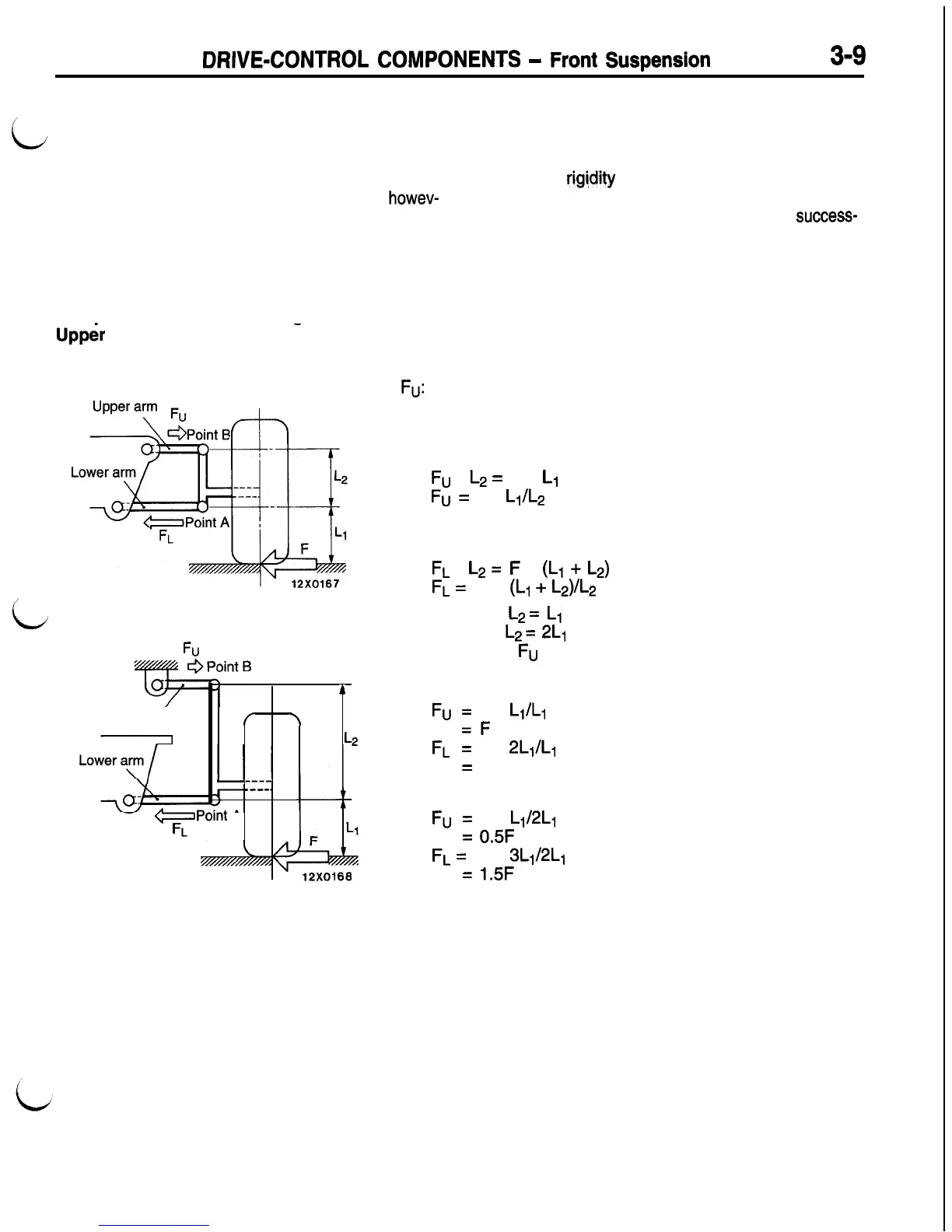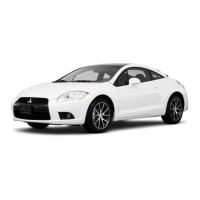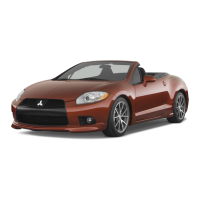DRIVE-CONTROL
COMPONENTS
-
Front Suspension
3-9
HIGH-MOUNTED UPPER ARM
i
When a side force or any other force acts on the
it receives smaller camber affecting force as
tire in a way to change its camber angle, the degree
compared to the case with a low-mounted upper
of the rigidity that supports the tire depends on the
arm (see the illustrations below), and enough wheel
hardness of the upper and lower arm rubber bushing.
supporting
rigi,dity
is ensured even with a softer
If the hardness of the bushings is increased,
howev-
bushing. The high-mounted upper arm and softer
er, a larger friction will result during up-and-down
bushing combination, therefore, provides a
success-
motion of the suspension, leading to a poorer ride.
ful compromise between soft ride and outstanding
The high-mounted upper arm has made it possible
directional stability.
to use a softer bushing because the bushing on
Comparison of Forces Acting on Upper Arm Bushing between High-Mounted and Low-Mounted
Upper
Arms
-
<Low-Mounted Upper Arm>
/
id
<High-Mounted Upper Arm>
Fu
A
Upper arm
f
\
L2
----_
----.
-Point
A
,
FL
12X0166
F: Lateral force acting on tire
Fu:
Lateral force caused to act on upper arm by force F
FL: Lateral force caused to act on lower arm by force F
When the equilibrium of moments established at point A in
the illustration is considered, the following formulas hold true.
Fu
.
L2
=
F .
L,
Fu
=
F .
L1/L2
Also, when the equilibrium of moments established at point
B is considered, the following formulas hold true.
FL
.
L2
=
F
.
&I
+
L2)
FL
=
F .
(L,
+
L2)/L2
Assume that
L2
=
L1
in the case of the low-mounted upper
arm and that
L2
=
2L1
in the case of the high-mounted upper
arm. Then the
Fu
and FL are expressed as follows:
Low-Mounted Upper Arm
Fu
=
F .
L,/L1
=F
FL
=
F .
2L,/L,
=
2F
High-Mounted Upper Arm
Fu
=
F .
L,/2L1
=
0.5F
FL
=
F .
3L,/2L,
=
1.5F
In the case of the high-mounted upper arm, as evident from
the above, smaller camber affecting forces are input in both
upper and lower arms.

